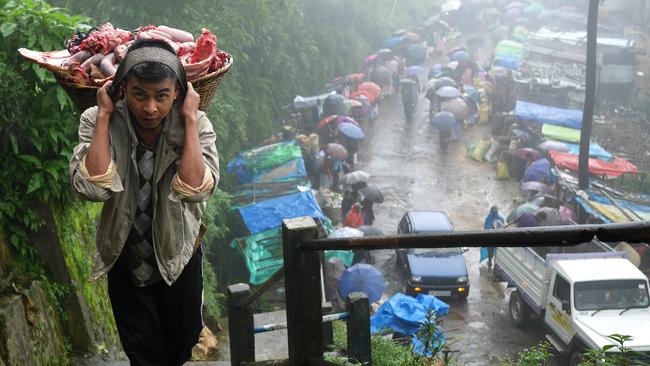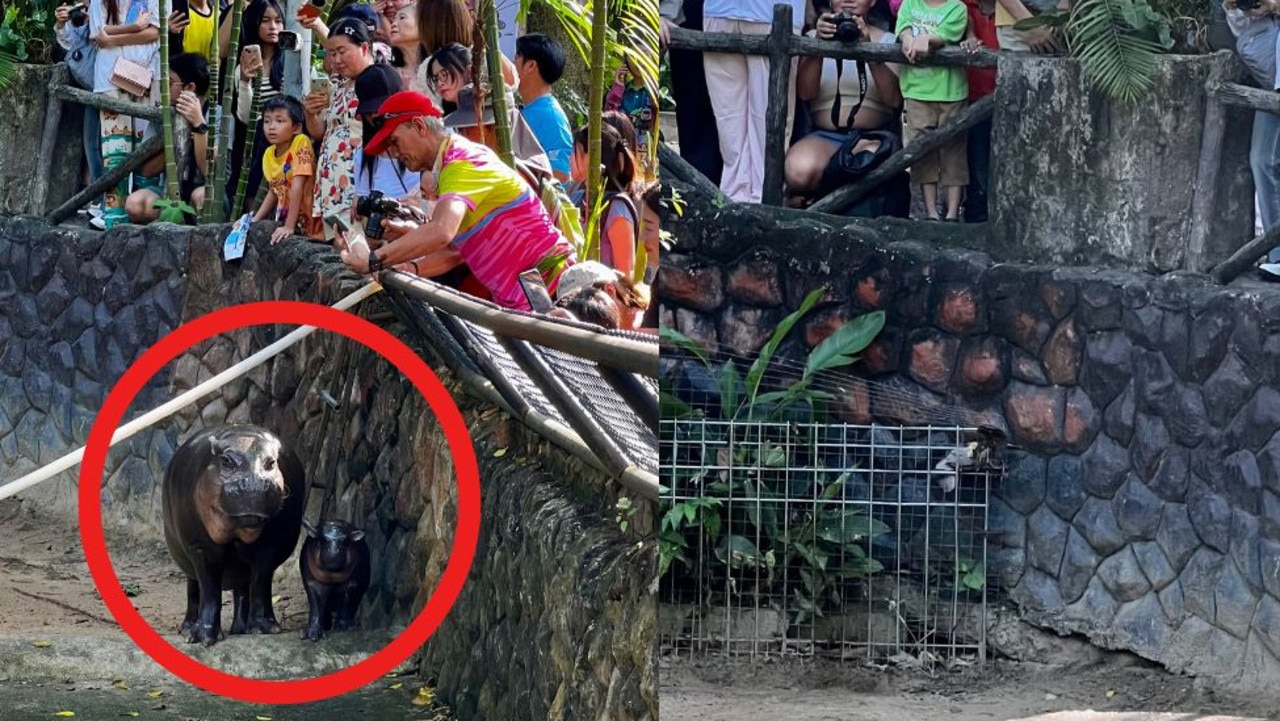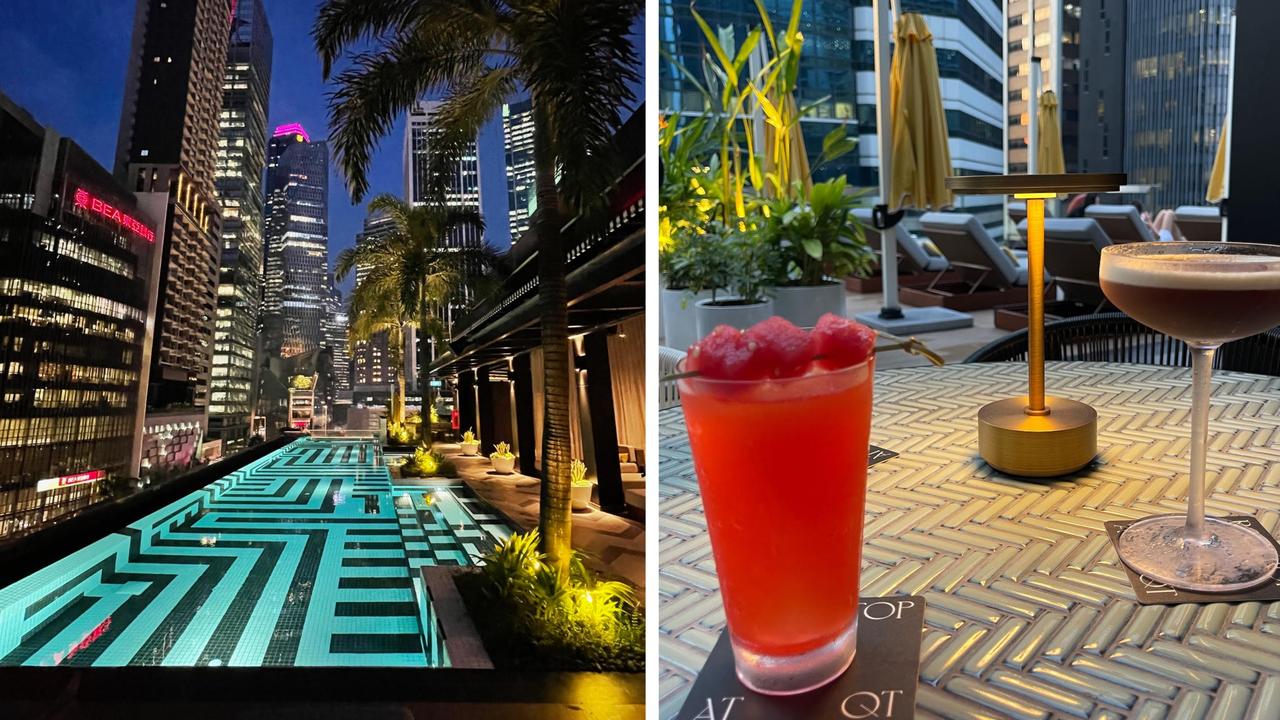Welcome to Mawsynram, the wettest place on Earth
YOU might need a bigger umbrella — or even a stash of them. And forget sunglasses because you’ll be lucky to see many rays here either.

YOU might need a bigger umbrella — in fact, you might need a stash of them.
And forget sunglasses because you’ll be lucky to see many rays in the wettest place on Earth. Perched atop a ridge in the Khasi Hills of India’s north east, the village of Mawsynram is subject to the highest average rainfall on the planet. Mawsynram is a village in the East Khasi Hills district of Meghalaya state in north-eastern India, a region renowned for being constantly wet. The village receives a whopping 467 inches of rain per year thanks to summer air currents sweeping over the floodplains of Bangladesh and gathering moisture as they move north. When the resulting clouds hit the steep hills of Meghalaya they are “squeezed” through the narrowed gap in the atmosphere and are compressed to the point where they can no longer hold their moisture. The end result is the near-constant rain the village is famous for. Further afield, deep in the rainforests of the state of Meghalaya lie some of the most extraordinary pieces of civil engineering in the world. Here, in the depths of the forest, bridges aren’t built — they’re grown. Trailing vines and mosses, the living trees bridges of Cherrapunji are breathtaking in their majesty. Ancient tree vines and roots stretch across rivers and streams, creating a solid latticework structure that appears too fantastical to be real. The Cherrapunji region is considered to be one of the wettest places on the planet and this is the reason behind the unusual bridges. With Cherrapunji receiving around 15 metres of rain per year, a normal wooden bridge would quickly rot. This is why, 500 years ago, locals began to guide roots and vines from the native Ficus Elastica rubber tree across rivers using hollow bamboo until they became rooted on the opposite side, eventually creating a bridge. But locals don���t let the rain get in the way of a good celebration or some hard work. Farmers especially have developed ways to keep the rain at bay. Made from bamboo and banana leaf, they wear knups, which are favoured for enabling both hands to be kept free for work and for being able to stand up to the high winds which come with the rainstorms in Mawsynram. And locals don’t let the pouring rain get in the way of a good festival either with hundreds taking part in a traditional Khasi festival in Mawsynram. The festival has been held since 1899 when 16 Khasi youths formed the Seng Khasi movement to save the Khasi culture from being diluted by the rapid spread of Christianity.



